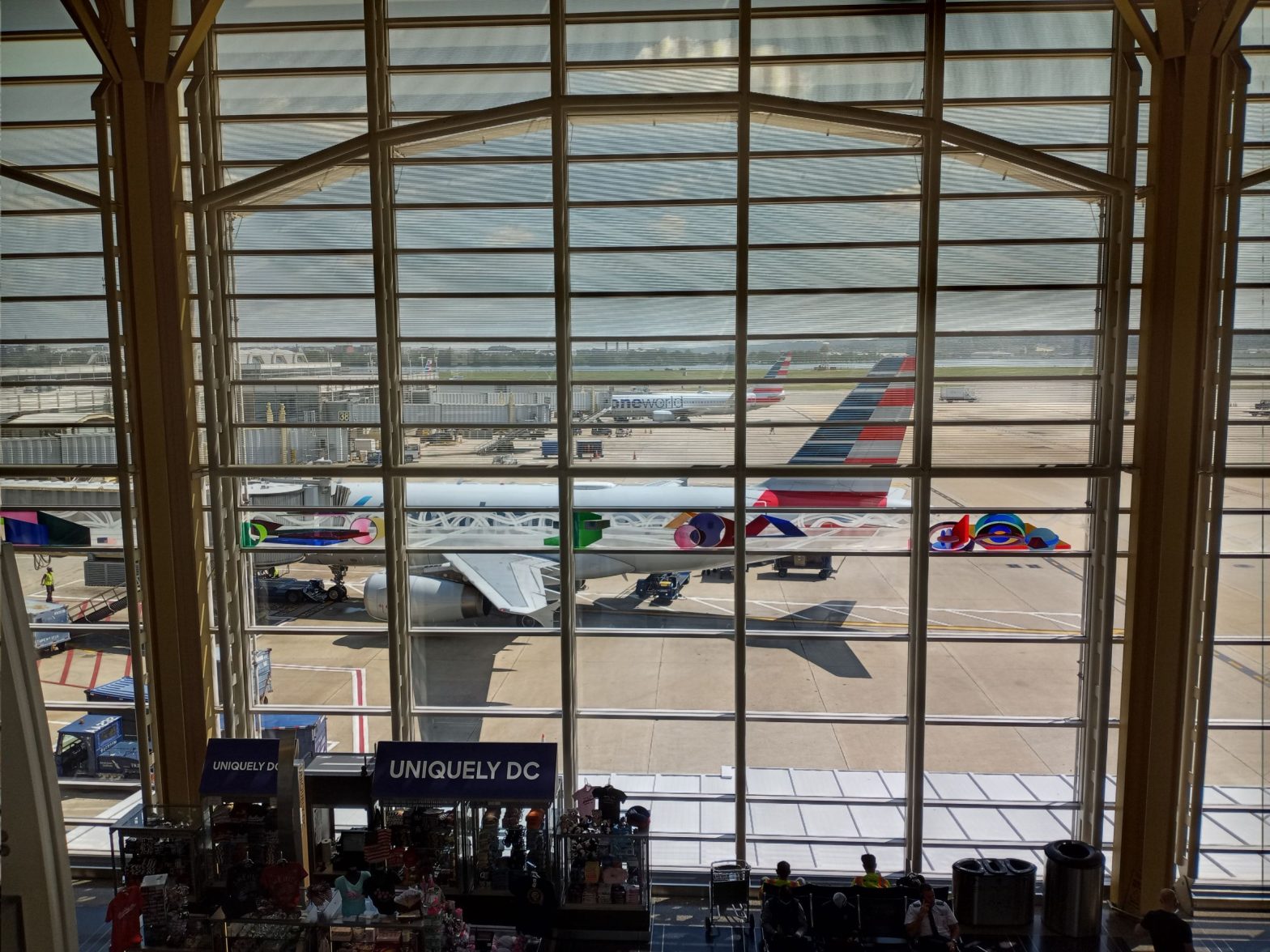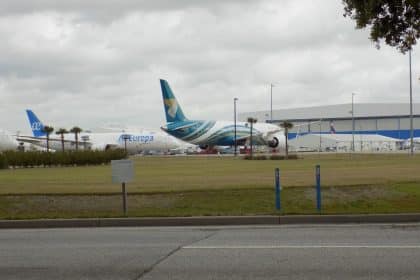Air Travel Up in August, Though COVID-19 Still Proved a Drag

WASHINGTON – The number of airline flights in the U.S were up 50.4% in August compared to a year earlier, but the pace of recovery of the industry continued to be impacted by the drag on travel caused by the COVID-19 pandemic, the Transportation Department said Friday.
The latest Air Travel Consumer Report from the department found that airlines operated 592,760 flights in August, 84.1% of the 704,553 flights operated in pre-pandemic August 2019.
And though the number of flights in August was significantly higher than the 394,143 flights operated in August 2020, they were down 2.1% month-over-month from the 605,508 flights operated in July of this year.
In another hiccup, airlines reported that of 611,494 domestic flights scheduled, 18,734 were canceled in August, an increase of 3.06%.
This compared to July, when 615,703 domestic flights were scheduled and 10,195 (1.66%) were canceled.
Similarly, in August 2020, the same airlines reported 398,470 scheduled domestic flights, 4,327 (1.09%) of which were canceled, and in pre-pandemic August 2019, airlines reported 717,456 scheduled domestic flights, 12,903 (1.80%) of which were canceled.
Southwest and other airlines have attributed these and subsequent cancellations to weather issues, abrupt changes in some federal regulations, and staffing shortages stemming from thousands of airline workers taking leave or buyouts at the height of the pandemic.
Last month, Alan Kasher, Southwest’s executive vice president of daily flight operations told staff that although the airline had adjusted its schedule to compensate for these issues “Our route system has not fully recovered … and that will take time.”
On-Time Performance Improves
That said, on-time performance by the airlines improved in August, rising to 74.3%, up from 73.4% in July, though still down from 91.0% in August 2020.
August’s top on-time performers were:
Hawaiian Airlines – 90.5%
Delta Air Lines Network – 85.7%
Alaska Airlines Network – 81.0%
Those with the lowest on-time performance included:
Spirit Airlines – 61.1%
Allegiant Air – 64.1%
JetBlue Airways – 66.0%
Those with the lowest percentage of canceled flights included:
Delta Air Lines Network – 0.3%
Hawaiian Airlines – 0.8%
Alaska Airlines Network – 1.0%
Those with the highest percentage of canceled flights were:
Spirit Airlines – 15.3%
Allegiant Air – 5.7%
American Airlines Network – 4.0%
Lost Bags, Wheelchairs
When people travel, bags and other items get lost and that appears to have occurred more in August than in the comparative time periods noted in the report.
The airlines included in the analysis post a mishandled baggage rate in August of 6.29 mishandled bags per 1,000 checked bags, a higher rate than both the July 2021 rate of 5.9 per 1,000 checked bags and the August 2020 rate of 3.01 per 1,000 checked bags.
In addition, the airlines reported checking 57,469 wheelchairs and scooters and mishandling 811, a rate of 1.41% mishandled, lower than the rate of 1.42% mishandled in July, but higher than the rate of 1.20% mishandled in August 2020.
Bumping Rates
Bumping data, unlike other air carrier data, are reported quarterly rather than monthly. Data for the third quarter of 2021 will be published in the next report, the department said.
For the second quarter of 2021, the 10 U.S. reporting carriers posted an involuntary denied boarding, or bumping, rate of 0.17 per 10,000 passengers, higher than the rate of 0.08 in the first quarter of 2021 and the rate of 0.15 in the second quarter of 2020.
For the first six months of 2021, the marketing carriers posted a bumping rate of 0.14 per 10,000 passengers, a higher rate than the 0.12 rate for the same period last year.
FAA Eyes More Rest for Flight Attendants
In related news, the Federal Aviation Administration has proposed a new regulation requiring flight attendants to have a longer rest period between shifts.
The proposed rule would increase the rest period to 10 consecutive hours when scheduled for a duty period of 14 hours or less.
Currently, flight attendants are required to have nine consecutive hours in their rest period.
In 2018, under the FAA Reauthorization Act, Congress directed the FAA to increase the minimum rest period for flight attendants with scheduled duty of 14 hours or less in domestic, flag and supplemental flights.
The Reauthorization Act also required the FAA to prohibit a reduction of the rest period under any circumstances. The FAA’s proposal meets those requirements.
The proposal rule has been published in the Federal Register and the 60-day public comment period is currently underway.
Dan can be reached at [email protected] and at https://twitter.com/DanMcCue.

























